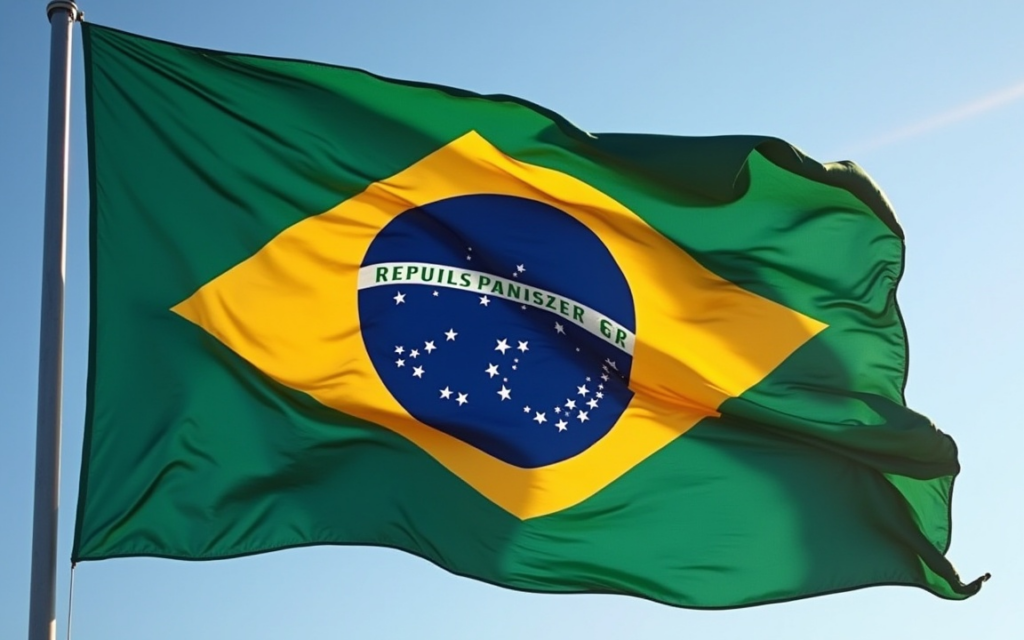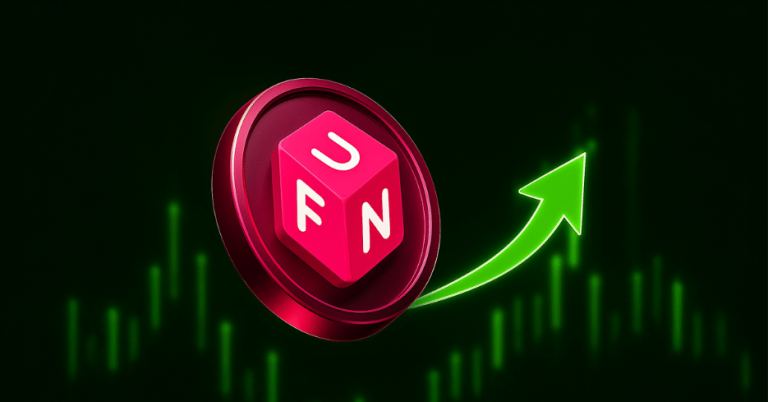
Brazil has taken a significant step in the realm of digital finance by unveiling a comprehensive regulatory framework for stablecoins. The country’s central bank, Banco Central do Brasil (BCB), announced the new rules on November 10, signaling a transformative shift in how stablecoins will be treated under financial oversight.
Why Stablecoins Are Under Scrutiny
Stablecoins, which have gained rapid adoption in Brazil, account for nearly 90% of the country’s crypto activity, according to BCB President Gabriel Galipolo. Their appeal lies in their efficiency, offering faster and cheaper payments compared to traditional methods. However, concerns over tax evasion, money laundering, and regulatory gaps have prompted Brazilian authorities to act decisively.
The regulations reclassify stablecoin transactions—including purchasing goods, foreign remittances, and crypto-to-fiat conversions—as foreign exchange operations. These transactions will now fall under the jurisdiction of licensed foreign exchange institutions and newly created entities called Sociedades Prestadoras de Serviços de Ativos Virtuais (SPSAVs).
Key Features of the Stablecoin Rules
The new framework, set to take effect on February 2, 2026, introduces strict conditions for all stablecoin-related activities:
- Transaction Limits: Transfers to unlicensed foreign counterparties are capped at $100,000 per transaction, requiring documentation to verify sources and purposes.
- Self-Custody Accommodations: While self-custodied wallets are not banned, regulated platforms must identify wallet owners and verify the origin and destination of all assets.
- Enhanced Licensing Requirements: Virtual asset service providers (VASPs) must secure proper SPSAV licensing and comply with obligations akin to those of traditional financial institutions.
- Consumer Protection: Measures have been mandated to ensure consumer safeguards and guarantee transparency through detailed disclosures and conflict-of-interest checks.
A notable addition to the framework is the mandatory reporting of cross-border and capital-market stablecoin transactions, which will come into effect on May 4, 2026.
A Global Context: The Push for Stablecoin Regulation
Brazil’s regulatory move aligns with a broader, worldwide push to control the booming stablecoin sector. Earlier this year, the United States passed the GENIUS Act, sparking a 70% surge in stablecoin transactions, largely tied to dollar-backed tokens. Countries such as South Korea are also exploring stablecoin frameworks, exemplified by their Project Hangang pilot for bank-issued stablecoins.
Even traditional financial giants like the Bank of England have entered the fray, publishing consultation plans aimed at shaping stablecoin regulation. These global efforts reflect not just a desire to tame risks like fraud but also to promote local alternatives and reduce dependence on heavily U.S.-dominated stablecoin markets.
Looking Ahead
In addition to stablecoin oversight, Brazil is contemplating Bitcoin as part of its national reserves—potentially a $19 billion investment aimed at hedging inflation and establishing a strategic digital asset reserve. The topic is set to be discussed at the Central Banking Autumn Meetings in Rio de Janeiro, alongside broader sovereign wealth strategies across Latin America.
As digital finance gains momentum, both consumers and investors must remain informed. Stablecoins offer unparalleled convenience, but responsible usage and compliance with regulations are now more important than ever.
Product Highlight for Crypto Enthusiasts
If you’re navigating the evolving world of cryptocurrency, consider the Ledger Nano X, a secure hardware wallet ideal for storing stablecoins and other digital assets. Its advanced features ensure your funds remain safe while adhering to regulations like those being introduced in Brazil.



